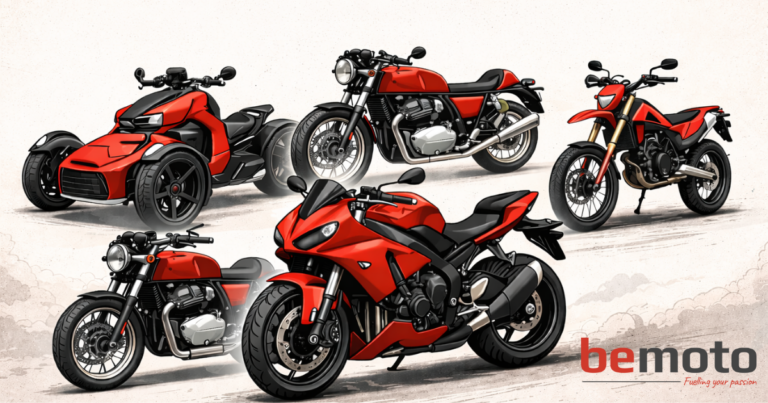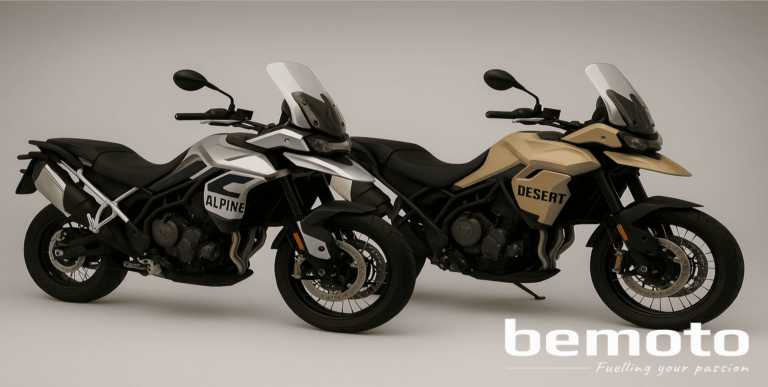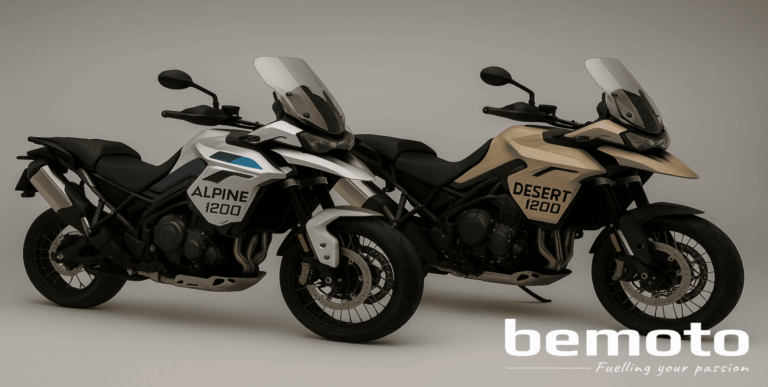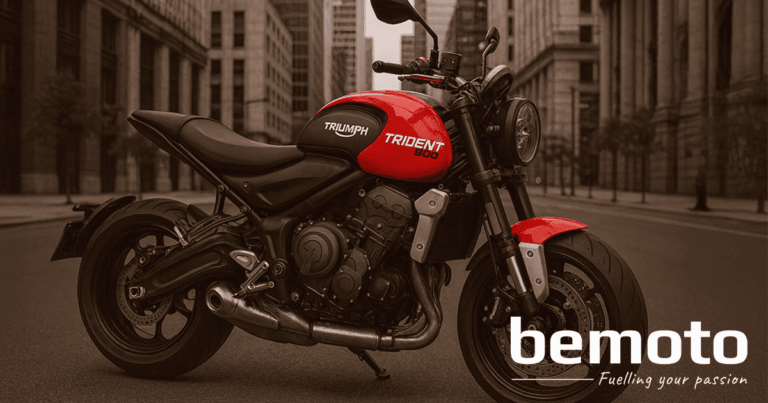
Win a BikerGuard Automatic Visor Wiper!
We’re giving one lucky rider the chance to win a BikerGuard wiper unit, designed to keep your vision clear and your rides safer in wet and challenging conditions. Whether you commute daily or ride for fun, this clever piece of











